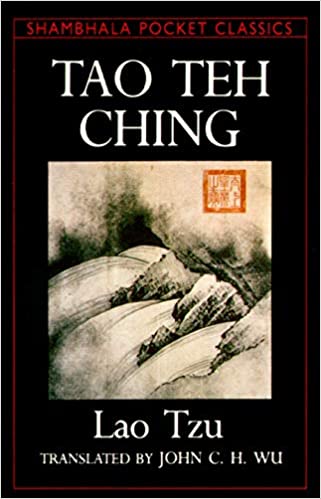Sometimes it is useful to temporarily shift out of our traditional ways of looking at the world and see it from a different perspective. The following are excerpts from the ‘Tao Teh Ching’ a 2000+ year old foundational Taoist Chinese text. I hope it helps connect some Indian dots for you. (The numbers are the section numbers from the book. This version is translated by John Wu)
12
THE five colours blind the eye.
The five tones deafen the ear.
The five flavours cloy the palate.
Racing and hunting madden the mind.
Rare goods tempt men to do wrong.
Therefore, the Sage takes care of the belly, not the eye.
He prefers what is within to what is without.
_________________________
17
THE highest type of ruler is one of whose existence the people are barely aware.
Next comes one whom they love and praise.
Next comes one whom they fear.
Next comes one whom they despise and defy.
When you are lacking in faith,
Others will be unfaithful to you.
The Sage is self-effacing and scanty of words.
When his task is accomplished and things have been completed,
All the people say, “We ourselves have achieved it!”
_________________________
64
WHAT is at rest is easy to hold.
What manifests no omens is easily forestalled.
What is fragile is easily shattered.
What is small is easily scattered.
Tackle things before they have appeared.
Cultivate peace and order before confusion and disorder have set in.
A tree as big as a man’s embrace springs from a tiny sprout.
A tower nine stories high begins with a heap of earth.
A journey of a thousand leagues starts from where your feet stand.
He who fusses over anything spoils it.
He who grasps anything loses it.
The Sage fusses over nothing and therefore spoils nothing.
He grips at nothing and therefore loses nothing.
In handling affairs, people often spoil them just at the point of success.
With heedfulness in the beginning and patience at the end, nothing will be spoiled.
Therefore, the Sage desires to be desireless,
Sets no value on rare goods,
Learns to unlearn his learning,
And induces the masses to return from where they have overpassed.
He only helps all creatures to find their own nature,
But does not venture to lead them by the nose.
_________________________
81
SINCERE words are not sweet,
Sweet words are not sincere.
Good men are not argumentative,
The argumentative are not good.
The wise are not erudite,
The erudite are not wise.
The Sage does not take to hoarding.
The more he lives for others, the fuller is his life.
The more he gives, the more he abounds.
The Way of Heaven is to benefit, not to harm.
The Way of the Sage is to do his duty, not to strive with anyone.
